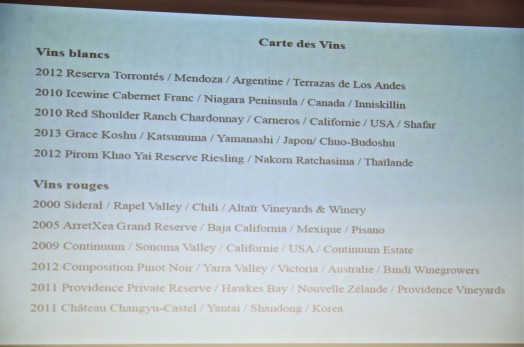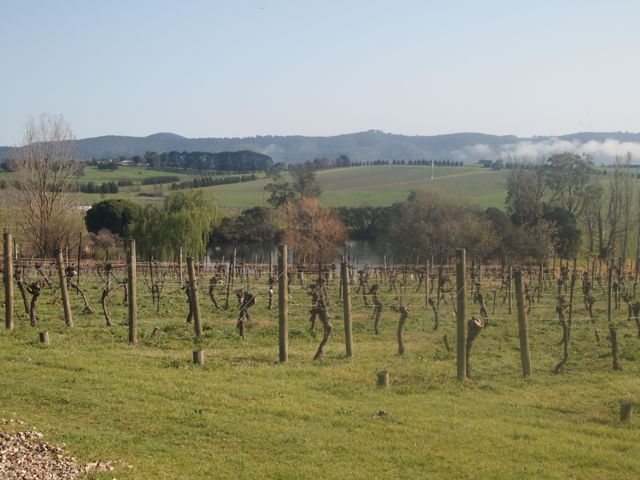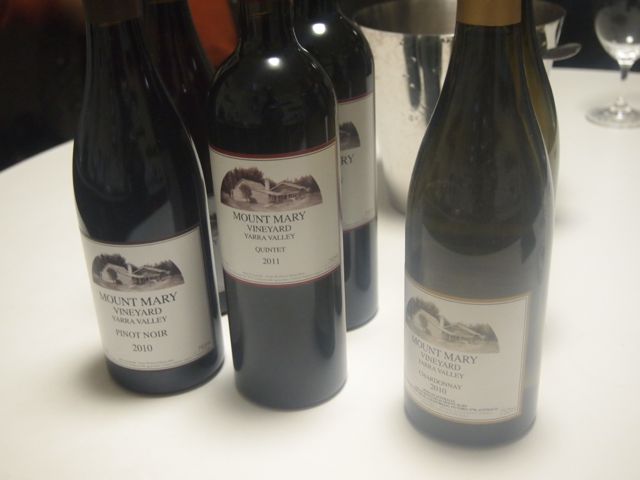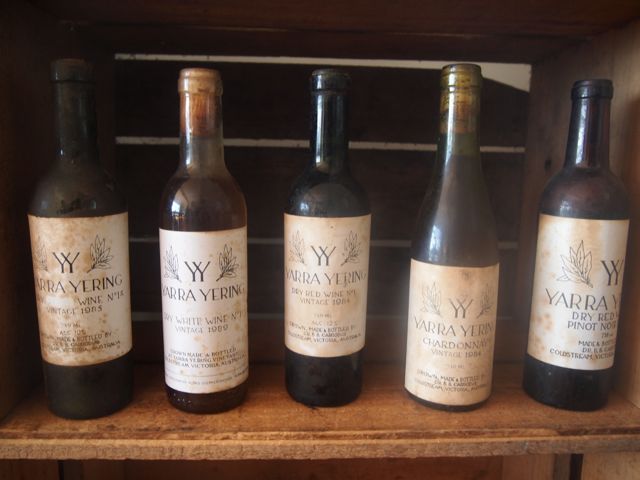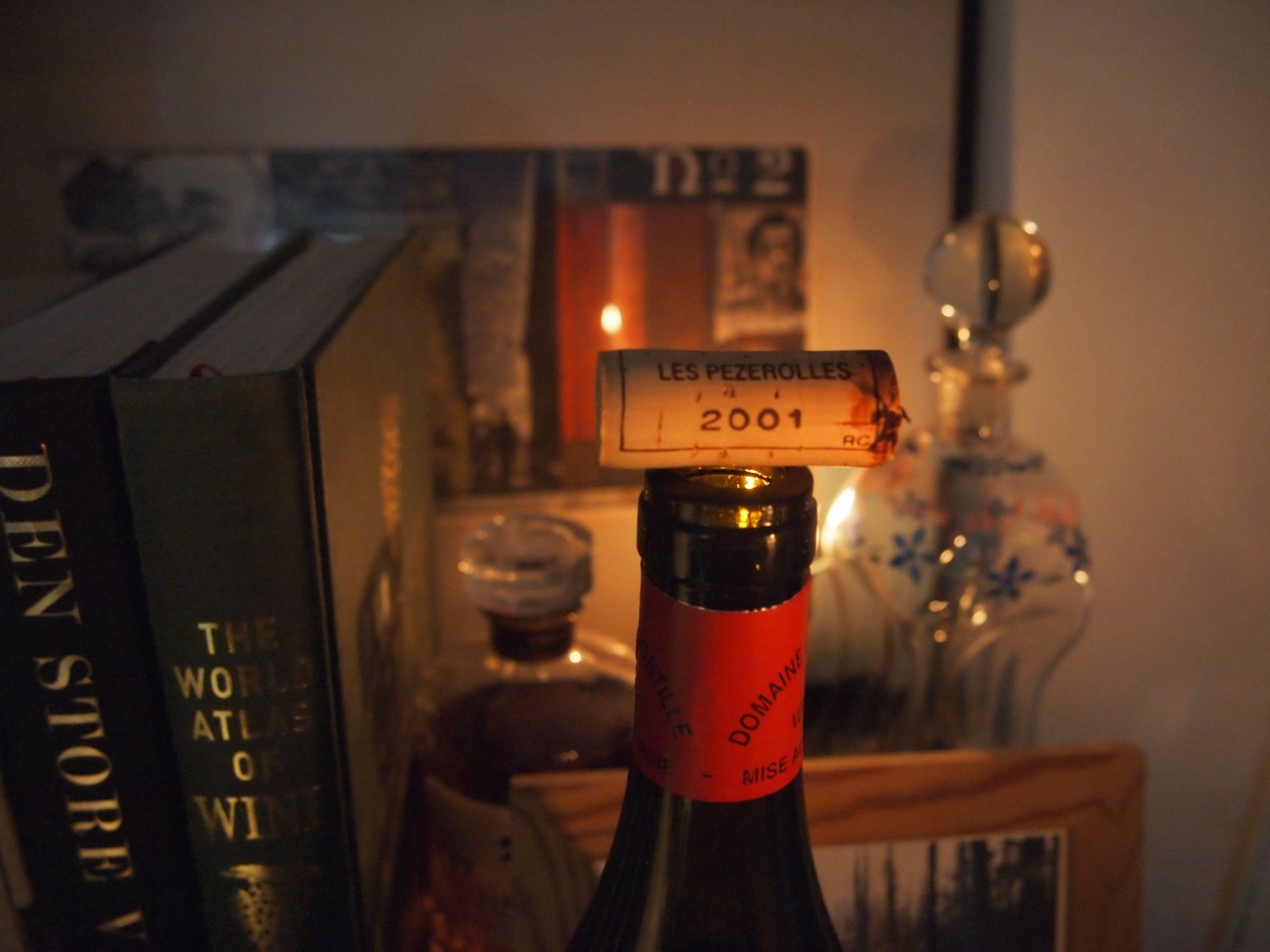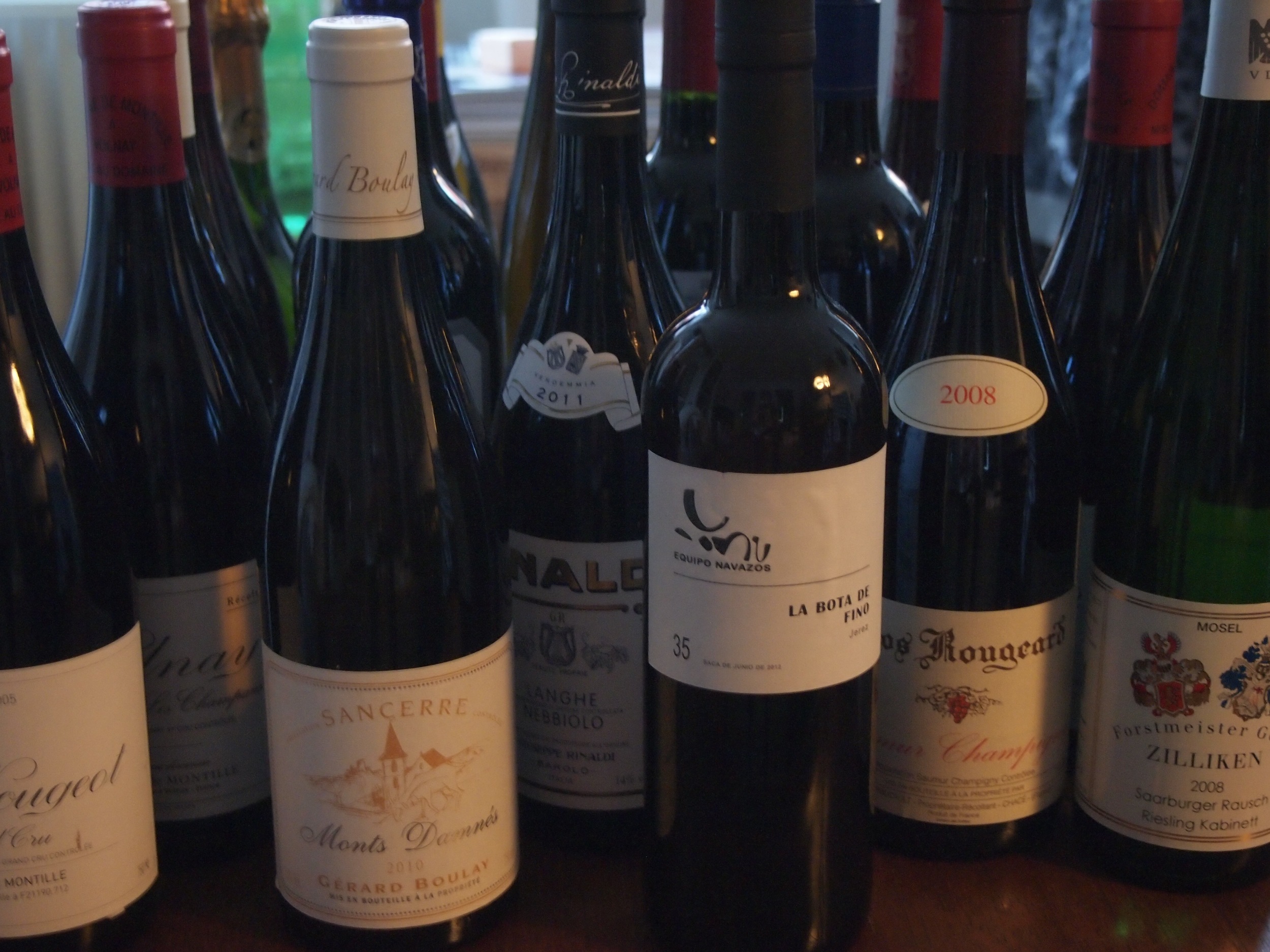It has been some time since I updated the blog. I always knew it was going to be difficult to keep it up though. I could say that I have been too busy, which is true, but that is a bit of a cop-out. Performance anxiety is a much truer explanation. What little I have put up has been read at a degree I never dreamed of and scrutinized, commented on and either lauded or hated. How was I ever going to top that? Enter complete writer's block. The solution? Bring back the concept of the blog. A blog is not supposed to be a forum for lengthy discussion that requires brainstorming, rewriting and proofreading. A blog should be short comments on everyday actualities. That does not mean some subjects will be tackled more in-depth, but every post should not be an effort to top the last one.
So, an easy way to get started is to share some goals and overarching plans I have for the next time period.
Like any workaholic, when I reach a goal I feel invincible and take on a bunch of new things. I knew this was going to happen and allowed myself time to say yes to everything and sort out the mess afterwards. So here I am a few months after being able to call myself Europe’s best sommelier. Apart from that, I can add to my CV a couple of new lecturing gigs, a regular column in a wine magazine plus a bunch of bits and pieces (like judging at the upcoming Decanter World Wine Awards in April). However, I have no plans of going freelance, and I remain working as Wine Director and sommelier on the floor as well.
Now, the principal goal for the next couple of years is pretty easy to formulate: I want to be crowned the World's Best Sommelier in 2016 at the competition held in Mendoza, Argentina. I would be a total fool not to go for it now. But how to best go about it?
You may think "why not just prepare like you did the last time, it seemed to work out alright? Why fix it if it ain't broken?" You're right, but maybe the formula is broken, even though it might not appear so. Basically, the mode I have operated in for the last few years leading up to the 2013 competitions builds on setting unattainable standards and goals, intense self-deprecating and sacrificing sleep and happiness for results. It is something you grow mighty tired of, and not something one can keep up forever.
So what is the glorious future like? A state of Zen-like clarity and mindfulness of course! Probably not, but one can always dream. I do intend to seek balance in a different way than before. If I will achieve it or not is obviously not clear yet, but where I in the past egotistically put aside friends and family to dedicate myself more fully to the craft, I hope to do the opposite and in turn be in a happier, more harmonious state. Hopefully that will lead to having more energy and motivation when the going gets tough.
Much of the groundwork has been laid and I can focus on updating and adding on to what I already have, especially in terms of preparing for the theoretical tests. I know this part of the competition is usually downplayed, but make no mistake: A strong theory knowledge is usually the key to advance to the podium. It is also, by far, what requires the most time in training. This means I can focus more efforts on the other disciplines: tasting and service. Blind tasting needs to be done continually to stay good at it. Service too, but much of that is kept up by just working the floor. But there are things I could do better. For example, I am toying around with ideas like doing some bartending, which is a huge hole in my game.
Another clear way to expand my understanding of the wine world is travel. Being in the vineyards and cellars is an infinitely better way to learn what is special about a place than reading about it. With record low prices of airplane tickets, there really is no excuse to not do it. For the price of decent night out, you can get to Paris, Frankfurt or Milano and back from most of Europe and from there it's only a few hours by car to some of the main wine regions in Italy. My plan is to visit the vineyards once a month for a few days. It may seem optimistic, but so far it seems doable. I cannot recommend travelling enough, especially to all you young professionals, if you just plan ahead and buy when tickets are cheap.
Perhaps the biggest change I am attempting is that I am trying to make practice a part of my everyday life in a much more integrated fashion. Even though my employers encourage my competing (careerwise, I wouldn't be where I am without it), there is an inherent conflict in the allocation of time and energy. I believe that this can not only be mitigated, but that we can create synergy by prioritizing staff training on all levels and building stronger, larger sommelier teams on the restaurants. The goal is to create a self-feeding system, where new people can enter easily from the bottom and people on the higher rungs better themselves by educating and challenging each other.
So this seems like a good place for a plugs: I am looking for ambitious and intelligent sommeliers who want to evolve and challenge themselves and in the process teach others. If this sounds like something for you, let me know.
So, I'm not gone just yet. Expect more content and perhaps some fun news soon. Until then, drink well!
Oh yeah, the image has no relation to anything in particular, except lightening up this block of text. That awesome dog is "guarding" a pretty famous vineyard, visible in the background. Can you name it?





